Within the practice of dermatology, salary ranges can vary widely from one professional to another.
This is because several factors, including experience, location, and practice type, can affect a dermatologist salary.
We’ll highlight valuable information regarding all of these in this report to empower you to make proper decisions and possibly, increase your wealth as a dermatologist.
Key Takeaways
- Dermatologist salary varies widely depending on years spent in your profession, location, and practice type. The median base earnings ranges from $356,297 to $479,903.
- Dermatology physicians report earning around $508,401 on average in annual total compensation
- Barrow, AK, tops the list with an average dermatologist salary of $469,343. The rest of the top-paying list is dominated by California cities and includes Larkspur, Berkeley, Deer Park, and Marin County.
- Around 55% of dermatologists feel they’re not fairly compensated.
Table of Contents
How Much Does a Dermatologist Make?
Compensation data from the Doximity shows the average dermatologist makes around $508,401 a year, and Medscape reports an average dermatologist salary of $454,000.
Meanwhile, Medscape’s 2025 Dermatologist Compensation Report shows only 55% of specialists including dermatologists felt fairly compensated. The rest would like to see better pay.
Related: The Definitive Guide to wRVU Compensation
Top 10 US Cities with the Highest Dermatologist Salary
| City | Annual Salary | Monthly Pay | Weekly Pay | Hourly Wage |
| Barrow, AK | $469,343 | $39,111 | $9,025 | $225.65 |
| Larkspur, CA | $462,264 | $38,522 | $8,889 | $222.24 |
| Berkeley, CA | $461,306 | $38,442 | $8,871 | $221.78 |
| Deer Park, CA | $460,919 | $38,409 | $8,863 | $221.60 |
| Marin County, CA | $456,027 | $38,002 | $8,769 | $219.24 |
| Sitka, AK | $453,862 | $37,821 | $8,728 | $218.20 |
| Los Altos, CA | $446,187 | $37,182 | $8,580 | $214.51 |
| Mountain View, CA | $444,443 | $37,036 | $8,546 | $213.67 |
| San Francisco Bay Area, CA | $443,876 | $36,989 | $8,536 | $213.40 |
| San Francisco, CA | $443,876 | $36,989 | $8,536 | $213.40 |
Source: ZipRecruiter
3 Factors That Affect a Dermatologist Salary
As with any professional career, the base salary for dermatologists can vary greatly from one practice to another.
Here are the three important factors that can influence dermatologist salary:
1. Years of Experience
A dermatologist in residency will earn much less than one who has had years of practice. ZipRecruiter reports a resident dermatologist salary of $56,832.
Yet, you can still start out making a good income as many dermatologists have reported earning around $398,900 in average base salary, according to Salary.com
Dermatologist salary increases steadily with experience, and physicians typically see higher pay early in their careers. Within six years of residency, a dermatologist could earn over $479,903 per year.
2. Location
In areas of the country where there is a higher cost of living, dermatologists earn higher pay.
Places with a higher saturation of elderly residents also offer a higher dermatologist salary since they are in high demand.
Do You Know the Top 10 Places For Physicians to Live and Work? Download our e-book to find out where you should apply.
3. Type of Practice
A dermatologist who works at a hospital or outpatient services earns on the low end of the spectrum. There are very few procedures in a hospital setting that would net a fair amount for a dermatologist salary.
For this reason, many dermatologists aim to work in private practice.
That way, they can focus their attention mostly on cosmetic procedures that are directly paid for by the patient, usually upfront and in full.
Dermatologists have the option to join a group practice. Those in a multi-specialty practice earn less than those who join a single-specialty group practice.
Of course, the best choice is either to own your practice or become a partner in one.
These practices can provide the highest dermatologist salary. Some have reported earnings of up to $600,000 in 2023.

Subspecialties for Dermatologist Jobs
Subspecialties offer various challenges and work styles, as well as a different expected base salary.
Pediatric Dermatology
As a pediatric dermatologist, you will need to complete a residency in dermatology and another in pediatrics to complete your training. Otherwise, you can complete a fellowship after residency.
Children and young adults face many skin conditions, and this subspecialty is in high demand, especially since there are very few doctors specializing in this field in the health system.
According to the Merritt Hawkins dermatology white paper, the imbalance of supply and demand in this specialty provides a very competitive starting salary opportunity.
You wouldn’t even have to work full-time in this subspecialty to out-earn many in the medical field.
The hefty sign-on bonus and healthy hourly wage make the total compensation of a pediatric dermatologist a worthy career choice.
Cosmetic Dermatology
The nature of this subspecialty provides these doctors with an above-average dermatologist salary.
The total compensation of a cosmetic dermatologist is very dependent on the quality of care.
Dermatopathology
This subspecialty can be gained by either a pathologist or a dermatologist. They must complete a dermatopathology fellowship for one year after their residency.
Procedural Dermatology
This subspecialty involves the surgical side of dermatology. You would be performing incisions and surgeries to remove lesions and other skin diseases.
A procedural dermatologist trains in surgery, pathology, and dermatology.
This requires extra time in residency. Being trained in Mohs surgery is also a vital part of this career, another year or two of fellowship included.
Further Reading: Preparing for Your Job Search After Residency
Other Things to Consider
There are several ways you can ensure that you build a healthy and stable financial future:
Start Saving for Retirement Early
When a dermatologist salary is paired with early retirement saving, physicians can unlock a wide range of retirement options.
A few key options are open for those working in a dermatology practice and those employed by a hospital.
Here are your options:
For the Employed Dermatologist
A 401k and a 403b are both considered qualified retirement plans for employees, meaning that all contributions are tax-deductible.
The only difference between the two is that a 401k plan is offered by for-profit employers, while a 403b plan is offered by nonprofits.
For Private Practice
If you work in or own a private practice, you have some fully tax-deductible qualified retirement plans to choose from.
These include 401ks, defined benefit plans, money purchase plans, and profit-sharing plans.
They are all excellent options; it all depends on what works for your particular practice.
You can hedge some non-qualified plans against your qualified ones as well.
However, these plans are not tax-deductible, so keep that in mind. The partners can offer these to their employees.
For Both
The Backdoor Roth IRA retirement plans are available for both the employed dermatologist and the independent dermatologist.
You can also use non-qualified executive benefit plans as part of your retirement.
Don’t forget the opportunities in other investments. This includes but is not limited to, commercial real estate and an HSA.
Related Reading: The Complete Guide to Physician Retirement Planning.
Effective Tax Planning
The average dermatologist salary places these physicians among the top-earning professionals in the country. This puts them in a higher tax bracket, where they pay a lofty sum to Uncle Sam each year.
As a dermatologist, you have options that can reduce that payment. You may be eligible for certain tax deductions and credits or exempt from some taxes.
With hundreds of dollars in potential savings, it is wise to have a team of financial professionals help you with your tax planning.
Don’t forget to plan for emergencies. Learn about Disability Insurance for Physicians here.
Paying Off Student Loan Debt
A higher dermatologist salary reflects the extensive training required, though that additional education comes at a cost. This extra training may translate into more medical school loan interest accrued for the dermatologist.
When you have completed your training, you are expected to make payments on these loans, and the monthly payment can be quite large.
If you choose to follow a subspecialty, you’re looking at even more certification fees and loans.
How you choose to repay these loans can put more money in your pocket at the end of the month and save you thousands in the long run.
For more insight into your student loan repayment options, read The Full Breakdown of Medical School Student Loans.
Work Smarter With Physicians Thrive
Dermatology is a competitive industry, and having a solid plan to stay at the top can secure your financial wellness for the long haul.
Understandably, business, tax, and financial planning may not be among your higher skills, considering you’ve been spending all your energy becoming an expert in all things skin-related.
Physicians Thrive is here to help you succeed as a dermatologist by giving you a helping hand in growing and protecting your wealth so you can focus on your patients.
If you’d like to review your current contract or negotiate a new one for an upcoming position, contact us to speak with a contract review specialist devoted to helping physicians like you.
Subscribe to our email newsletter for expert tips about finances, insurance, employment contracts, and more!
See: The FMV of Radiation Oncologists | How to Make the Most of a Dermatologist’s Salary | How to Make the Most of a Pathology Salary | Where Do Trauma Surgeons Make the Most Money? | Plastic Surgeon Salaries | Our Salary and Compensation library.




























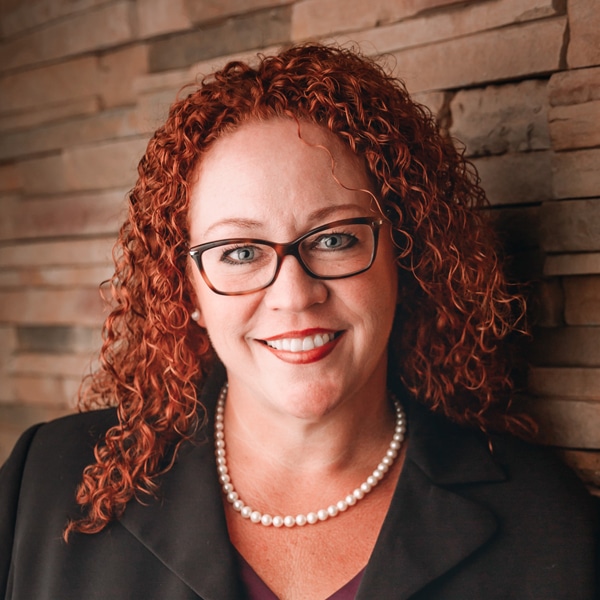








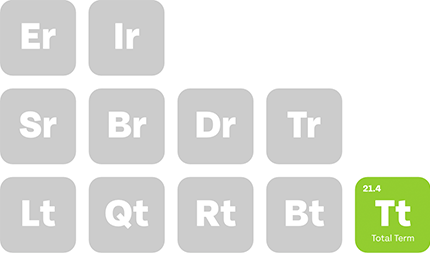
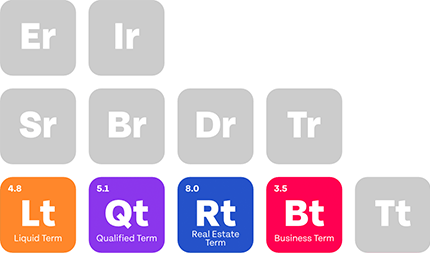
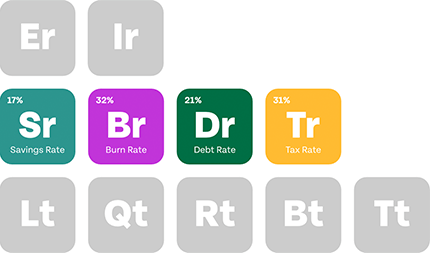
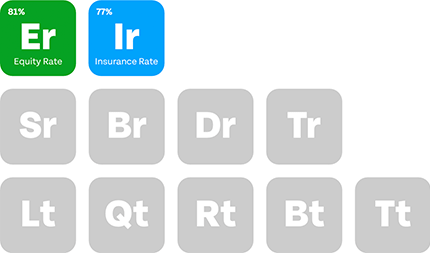
I love this tell me more about dermatologist